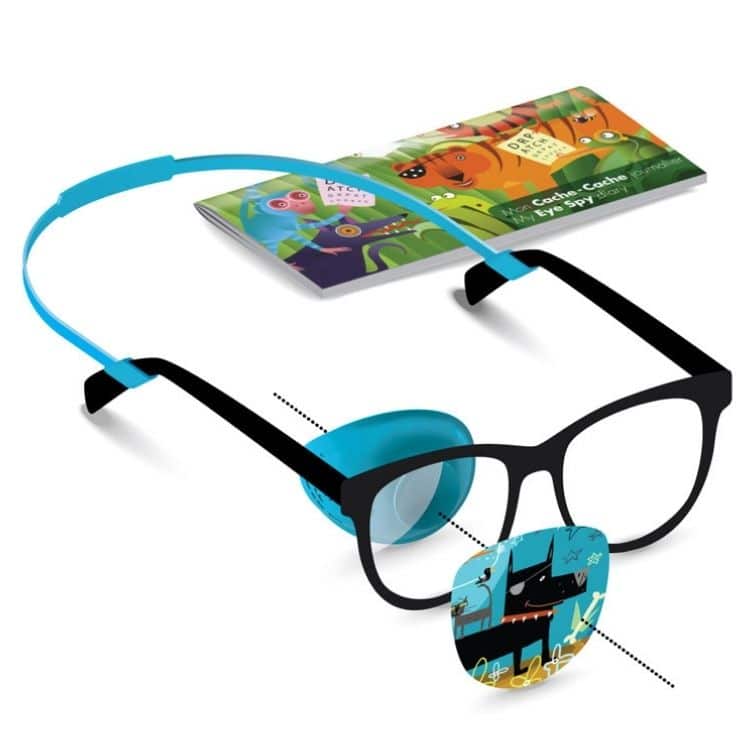Can Eye Patches Help?
For a “lazy eye” or amblyopia treatment, can eye patches help? It’s the most common visual problem in childhood, affecting approximately three out of every 100 children.
Unless it is caught early, the condition can continue for years and by then, it may be too late to do anything about it. The best chance of success is in treating it during childhood. So if you have even the slightest suspicion of a vision problem such as amblyopia in your child, see your eyecare professional at once. Acting quickly is an often-neglected part of treatment.
What Is It Exactly?
The term “lazy eye” seems a little unfair, though this is what it has come to be known as. The problem really isn’t even the eye itself, but the brain. The affected eye and the brain aren’t communicating properly.
As a result, vision in the affected eye is impaired. The brain decides to favor the better eye and will eventually cut off the communication with the affected eye.
The trick is to “force” the affected eye to work. This can be done by wearing an eye patch over the good eye. This means the bad eye has no choice BUT to be used for seeing, thus improving communication with the brain and eventually, the vision itself.
Amblyopia Treatment And Causes
There are several reasons why someone can develop this condition. It can be caused by cataract (yes, children can get it too). Strabismus (when the eyes cannot align normally; cross-eyed) is another cause and it’s also another condition altogether.
Though surgery can also be performed, the two most common amblyopia treatments are using drops of a drug called atropine and the use of an eye patch. Though both have been quite successful, there may be side effects in using the drug.
Atropine is placed in the good eye, thus blurring the vision and forcing the affected eye to communicate with the brain. An eye patch works in exactly the same way (patch over the good eye). Drugs and patching are also treatments for refractive amblyopia.
What About Adults?
There have been studies to show that older children in their late teens may also benefit from the same treatment given to children under the age of nine.
Recent research also indicates that test subjects who were at least 20 years of age could show improvement using similar treatment. It was initially thought that at that age, the condition would be permanent. It has to be said that while the prospect of an adult amblyopia cure is encouraging, there is no proof as yet.
Patching can be made into a fun thing for a child. Perhaps you could speak with the teacher and ask for his/her help. It can be made into a fun activity in school. At home, with support, you can teach your child to improve while enjoying treatment activities that are fun.







